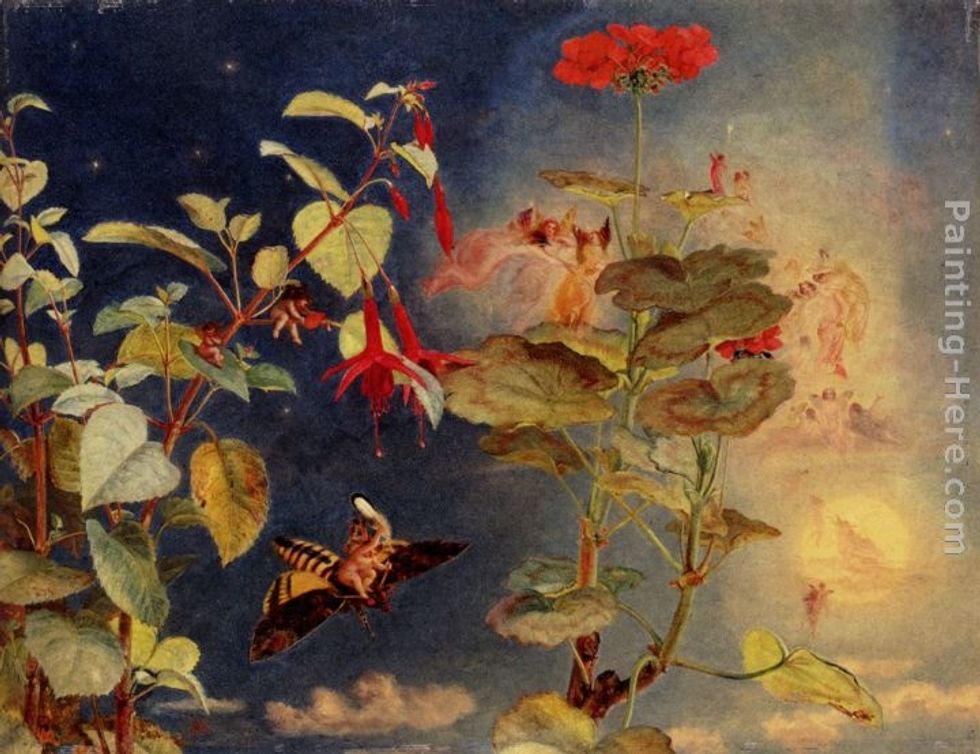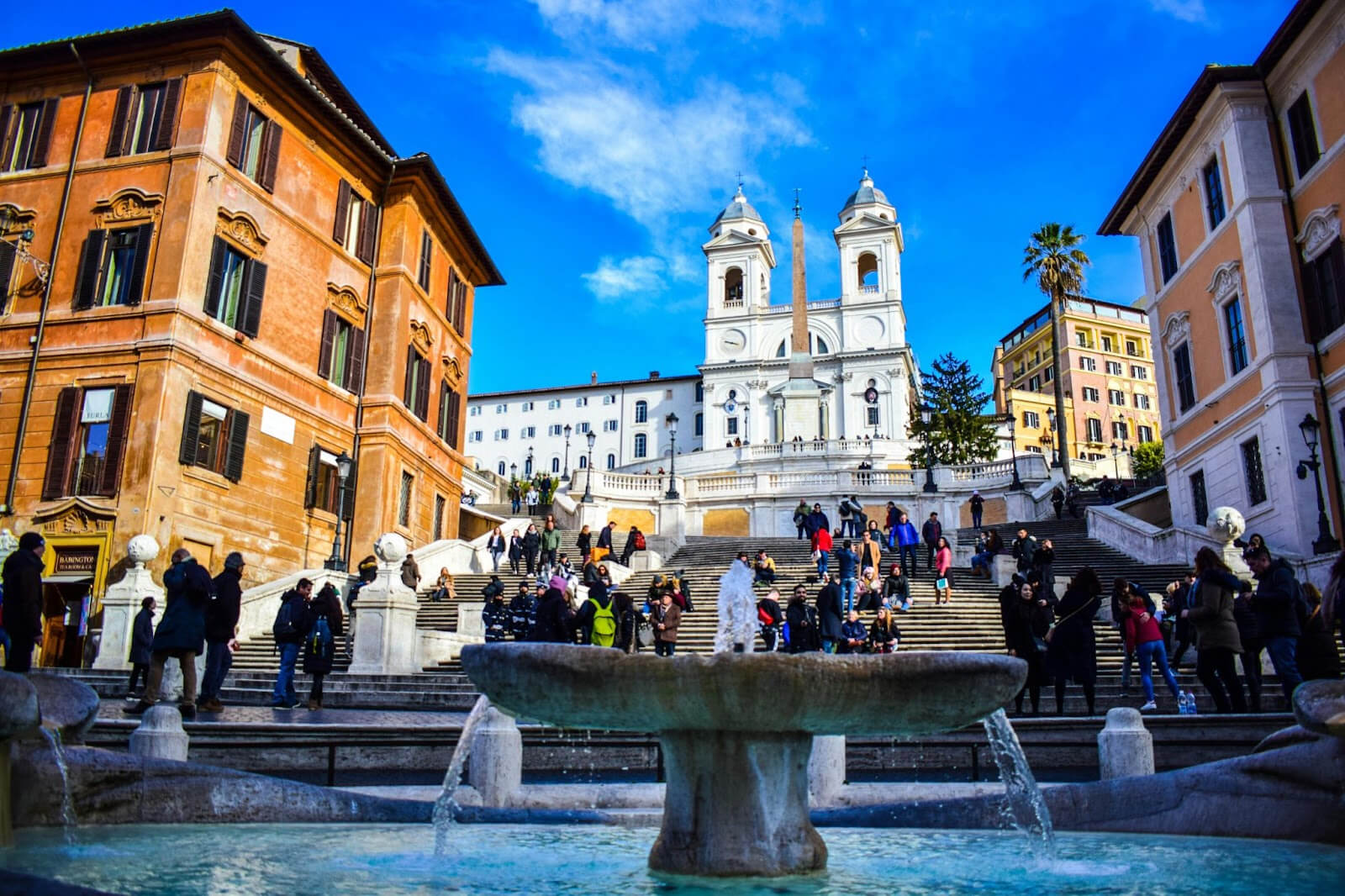
DIY Rituals for the Summer Solstice


On Thursday, June 20th at 4:50pm EST, the sun reaches its furthest point from the celestial equator, meaning that it’s the longest day of the year for those of us in the Northern Hemisphere. According to many faiths, particularly various iterations of pagan beliefs, the equinoxes, and solstices at the juncture between the changing seasons are times of potent change where we can engage with the energies and magical bodies that underlie our ordinary lives.
Whether or not you believe in magic in any form, it’s not hard to see that we live at the mercy of the planetary bodies around us. They determine when our skies are dark and light, and whether we’re shivering in the snow or soaking up rays on a beach. Naturally, many religions and forms of spirituality have created rituals to engage with the revolving planets and the seasons, which in their cyclicality seem to represent a kind of intelligent design implemented by something much larger than us.
The summer solstice has long been known as Midsummer, and in pagan times this holiday was known as Litha. Traditionally, this is a time of new beginnings. It’s associated with fire, passion, and renewed energy; but also with slowing down and releasing things that no longer serve you, letting the fires of the season cleanse away the past to make room for new growth. It’s also about reconnecting with the earth and embracing the creative and nurturing forces within and around you. Vibrationally, it’s said to be a time that involves masculine energy and the root, sacral, and solar plexus chakras.
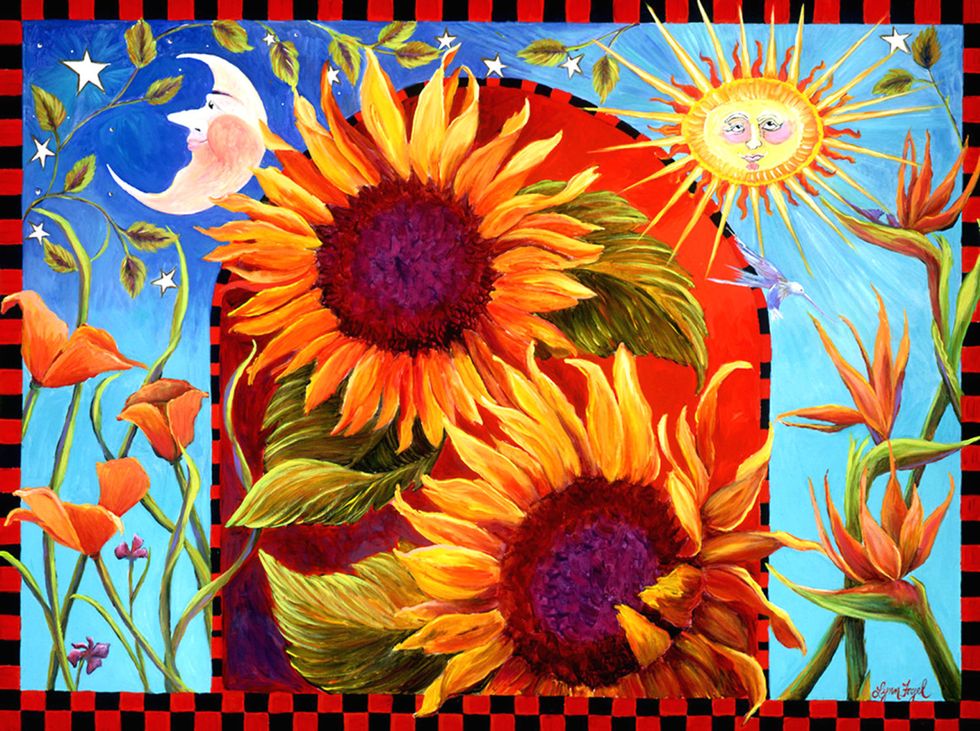
Even if you’ve missed the summer solstice, the period of solstice celebration can take place between June 19th and June 24th, the latter date being St. John’s Day in Christian tradition. To celebrate this period, there are a variety of rituals and spiritual practices of varying complexity that you can engage in.
One caveat: it’s important to be careful about conducting prayers or rituals if you don’t practice the faith the ritual comes from, research the true meaning behind them; and remember, you can always write your prayers or design your practices. With that said, here are ten ways to celebrate midsummer.
1. Light a Bonfire
During pagan times in rural England, villagers would traditionally build bonfires on Midsummer’s Eve, believing that the flames could keep away evil spirits. If you jumped over the fire, you’d be promised good luck for the year.
The Irish, who often also celebrated Litha, believed that the bonfire could grant wishes. To request something from the flames, all you need to do is carry a stone in your pocket and walk around the fire three times as you whisper your requests. After you’ve done that, throw your stones in the fire.
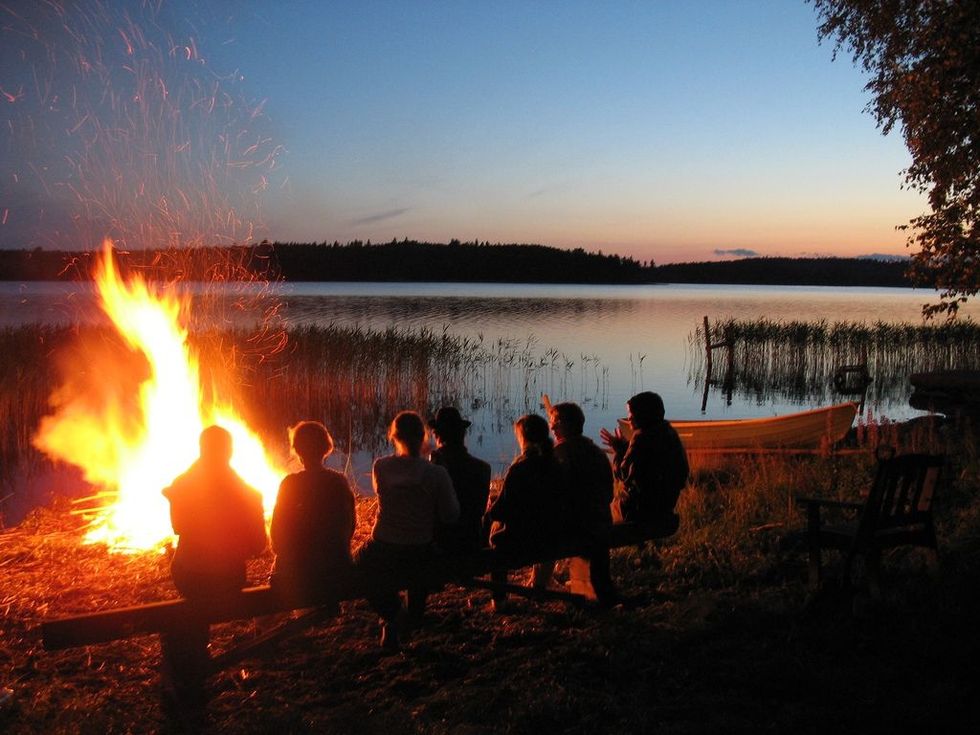
2. Commune with the Fae
Another ancient English ritual says that if you stay up all night sitting in the middle of a stone circle, you can communicate with the fae—which are, according to a pagan myth, out in larger numbers than usual at midsummer. This is because they are protecting the earth from the battle raging in the sky between the Oak King, who was in power through the winter, and the Holly King, who has arisen from slumber to take his place in the clouds.
Although they are mostly kindhearted protectors, tradition says that sometimes the fae can play tricks on humans. If you are conducting a ritual involving the fae, there are a few precautions you can take, including keeping rue in your pocket and turning your jacket inside out. If you do happen to meet a malicious spirit, tradition says that you can follow a ley line to safety.
3. Keep an All-Night Vigil
If you’d rather not take the chance of encountering a trickster from the other side, then there are many other all-night rituals you can use to embrace the season and reflect on your intentions for the coming months. For example, you can light a candle and spend the night in meditative contemplation, or turn to a prayer book to find a variety of ways to shape your thought process throughout the ritual.
Whatever you do, make sure you find some special way to honor the sunrise, for midsummer is all about honoring the balance between light and darkness while relishing in the extended presence of the light.
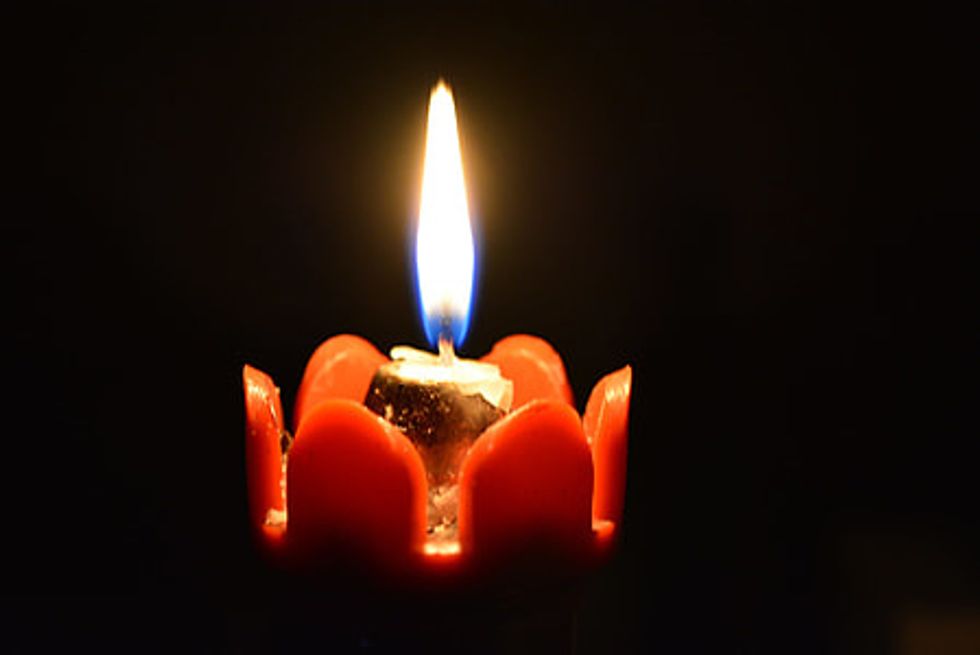
3. Make Paper Boats
In South America, worshipers have traditionally celebrated Litha by filling paper boats with flowers, setting them aflame, and setting them off on doomed journeys on the river.
The practice of sending boats into the river is a common pagan ritual practiced worldwide, not only for the solstice but for honoring the goddess Hekate any time of year. Practitioners often write prayers on little pieces of paper and place them in the boats, then send their messages out to sea.
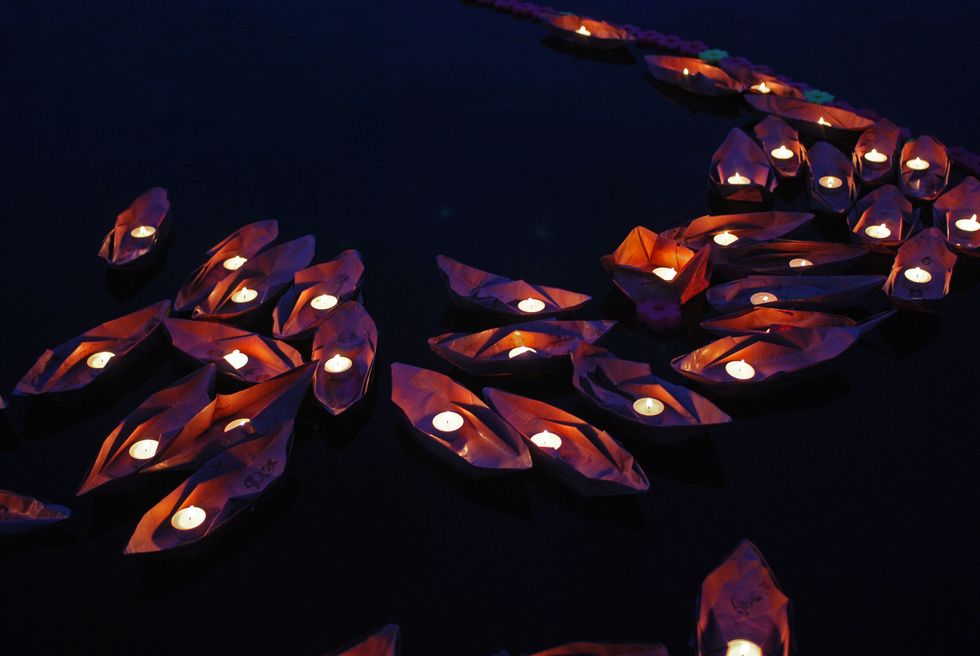
4. Make a Midsummer Treat
In Shakespeare’s A Midsummer Night’s Dream, the fairy queen Titania says:
Hop in his walks and gambol in his eyes,
Feed him with apricocks and dewberries,
With purple grapes, green figs, and mulberries;
The honey bags steal from the humble-bees,
And, for night-tapers, crop their waxen thighs,
And light them at the fiery glow-worm’s eyes.
In the spirit of this abundance, take advantage of the lush growth that occurs in the early days of summer and whip up a celebratory dish or two. For drinks, try traditional mead, borage wine punch, lemon lavender mojitos, a kombucha-fueled Swedish tart, or fairy nectar for a sweet non-alcoholic beverage. To take advantage of the abundance of wildflowers and fruit growing at this time, try crystallized borage flowers, grilled peaches with cardamom cream, or oranges with rosemary.
For a meal, try out a fresh fruit & fennel salad, grilled shrimp with summer squash, or any of these 15 Scandinavian recipes. At this time of natural abundance, anything with plenty of herbs, fruit, and vegetables goes.

5. Set up an Altar
Those who follow Wiccan or Pagan beliefs often leave out sprigs of lavender, fennel, chamomile, and rose petals for fairies, who they believe are most abundant at this turning point between the seasons. Many also create altars to celebrate the advent of the summer.
If you want to design a midsummer altar, try your best to make one outside, for this season is all about the elements and the natural world. Gather things that shine or evoke images of the sun—orange candles, lightbulbs, citronella lamps and other glowing things will all work. Some other additions might include oak trees and acorns, which traditionally symbolize energy, along with sunflowers. You might also layer the altar with incense, oils, and stones like clear quartz, yellow tourmaline, garnets, and seashells. Depending on your beliefs, you might also leave tributes to fertility goddesses like Litha, Demeter, Aphrodite, and Freya, or sun gods like Pan, Apollo, or Ra.
You can also create your own God’s Eye, which is a traditional craft you can tailor to any season by selecting specific shades of yarn, or build other crafts like solstice mandalas or sun wheels.
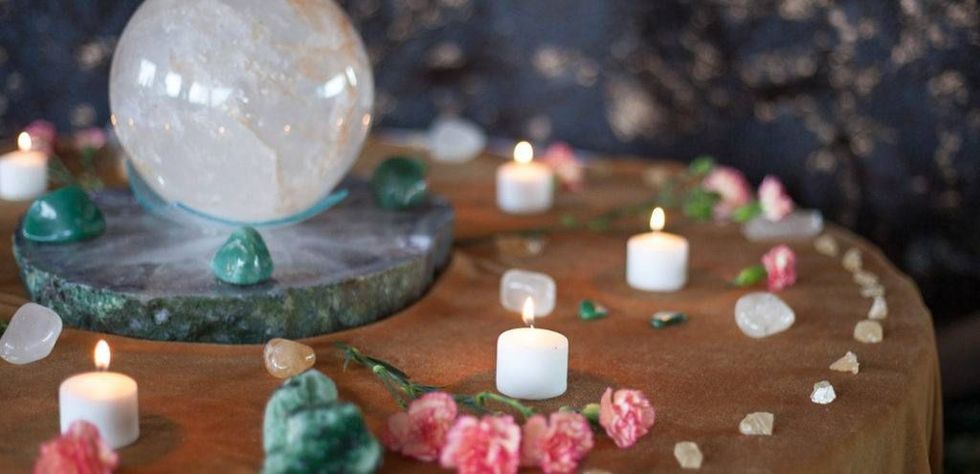
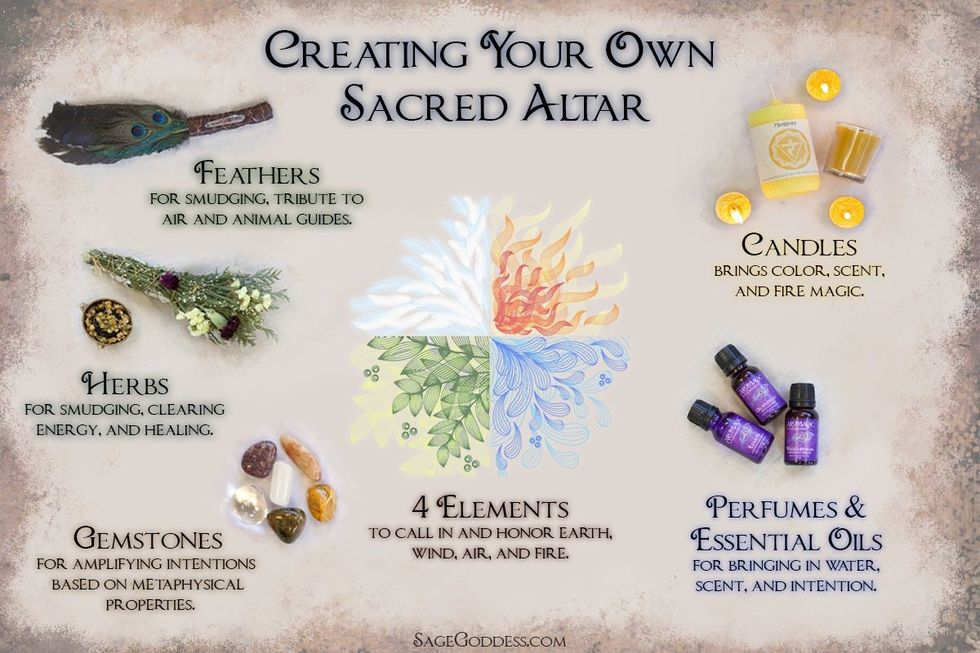
6. Travel to Stonehenge
Nowhere are the celebrations of the solstice more extravagant and high-profile than at Stonehenge, the mysterious testament to pagan ingenuity. Each year, Stonehenge hosts a Wiccan festival on the solstice, which begins around 4:52 a.m. when the sun rises.
It is believed that Stonehenge was constructed between 2000 and 3000 B.C., and since on the solstice the sun aligns perfectly with its Heel Stone and Altar Stone, it is believed that the solstice has been celebrated there for thousands of years. Every year, pagans, druids, and many others flock to the site to conduct rituals and worship the sun.
This year, for the first time, there is a 360-degree live stream of Stonehenge, so you can watch the sun slip through the gaps in the stones any morning of the year.
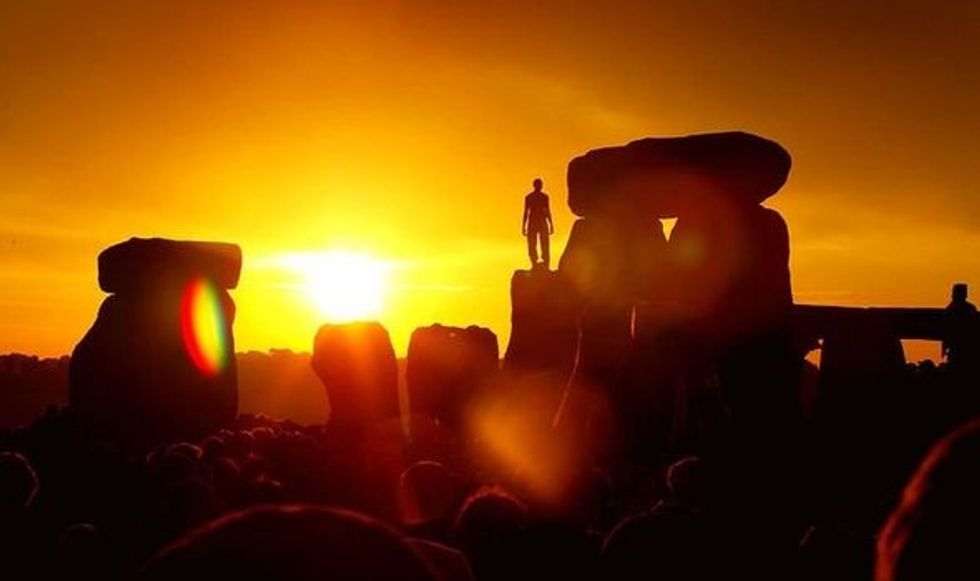
7. Cast a Spell
The solstice is traditionally a time to conduct rituals around holy wells, wheels, or sacred streams. Simple herb magic will also work just as well.
To ensure that you’re starting the season off on the right foot, try out this spell from the witch Lisa Lister, meant to encourage revitalization, healing, and empowerment. Create or find a pouch made of yellow material, and fill it with mugwort and bay leaves. Tie it up with red thread, and put it under your pillow. The yellow symbolizes the power of the sun, and the red thread signifies fire and creative energy. The bay leaves also represent the sun, and mugwort is an herb that traditionally encourages visionary revelations.
{% if 4406306 in post.sections %} {% if post.layout_name==’GeistM total blank’ %} {% if post.layout_name==’GeistM Foreign’ %} {% if post.layout_name==’GeistM no top ad all devices’ %} {% else %} {% else %}
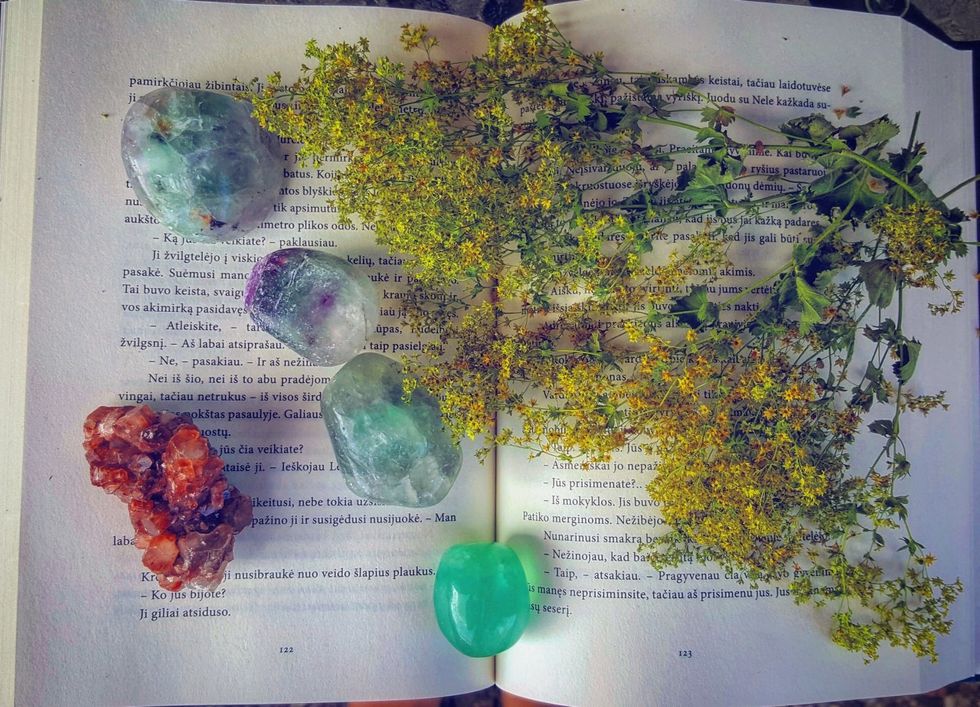
8. Get Involved in Climate Activism
Whether it’s beginning a new relationship, a new practice, or simply slowing down and letting time flow by, midsummer is a great excuse to invite something new into your life.
This is the perfect time to begin engaging with climate activism, for example. Midsummer is also about celebrating nature, which has always rebounded from bitter wintertime desolation to its current state of abundance. Now that balance is threatened, and since the solstice is a time of honoring the sanctity of the seasons, there’s no better time than now to fight for the equilibrium that makes it possible for us to live on the earth. Pagan ideas can teach us a lot about conservation, as many of them revolve around working closely with the land and wasting nothing. From working on your garden at home to engaging politically, this time of year is an ideal moment to remember the power and importance of the earth—and to implement the vital changes that need to occur so we can keep living on it.

However you celebrate, make sure you do so mindfully. Be careful of where you pick herbs and exercise caution with fire, and however you practice, make sure that your actions honor the sanctity of all living things.
- diy rituals
- diy rituals for midsummer
- diy rituals for summer solstice
- fairies
- litha
- litha rituals
- midsommer
- midsummer
- midsummer altar
- midsummer drinks
- midsummer fairies
- midsummer night's even
- midsummer rituals
- midsummer vigil
- pagan rituals
- paganism
- paganism climate activism
- stonehenge
- summer solstice
- summer solstice altar
- summer solstice drinks
- summer solstice paganism
- summer solstice parties
- summer solstice recipe
- summer solstice ritual
- summer solstice rituals
- summer solstice spells
- wicca
- wiccan rituals
